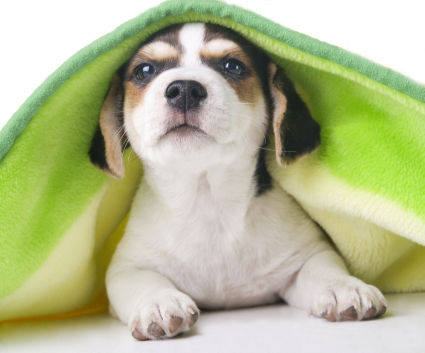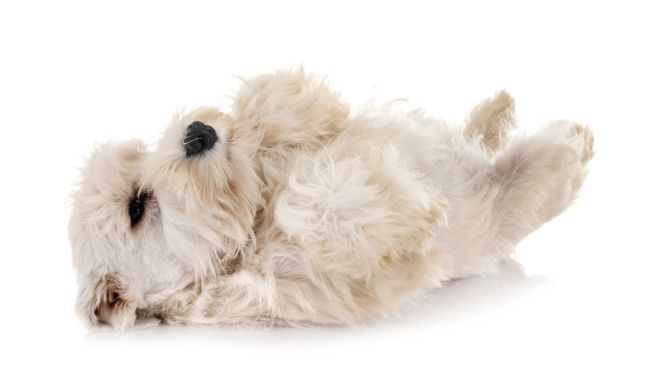Sometimes you will be outside in your garden and you will notice that your dog will start snapping at something as if they are trying to eat it. Upon closer inspection, you may find that it is a bee, fly or other insect and you may wonder what they are doing. While it may be amusing, you may also be concerned about your dog getting stung.
While you may try to give your dog the highest quality food available and do your best to make sure that your dog never goes hungry, sometimes they still feel like a little snack. While this is not always their first priority when they are hunting down a rogue fly, it is one of the reasons. In the wild, many dogs are scavengers and will eat what they can find.
This often includes bugs, both winged and crawling. Studies have actually shown that bugs are higher in protein and lower in fat than beef and pork, and can actually be healthier for digestion for both humans and dogs. They are also considered a delicacy in many countries because people believe that these bugs taste good.
Just as often, dogs will eat these bugs (or try to) not because they are actually hungry, but because their hunting instincts take over. This is called the ‘prey drive’ and a high prey drive is inbred into many dogs, including Labradors, greyhounds and terriers. The movement of the bugs is what initiated their prey drive. When they see the bug moving past them they are inclined to chase it.
It stems from their time in the wild, where hunting is a top priority in survival. As hunters and scavengers, they will often go after an animal that moves past them. Unlike humans, they do not have the luxury of planning what they are going to eat and will often go for what they can find.
This is likely the best reasoning for most of the flying bugs such as bees and flies that your dog tries to catch and eat. The bug is flying past their head and they go to chase it. If it seems like they lose interest quickly, it may be because they have lost sight of the bug. It is fairly easy to do, after all. We will often lose track of a fly after it flies past us.
It is also possible that the dog is merely curious and is not actually trying to eat the bug, but instead they are trying to catch it. Much like a child often tries to catch bugs in their hands, the dog’s innate curiosity causes it to want to catch the bug. Also like a child, they do not always understand the consequences of catching the bug. In the case of your dog, it means that they usually end up eating the bug.
In the case of bees and flies, it is also possible that the dog may be annoyed by the bug. Their hearing is often better than ours and if the bug is flying around them, it may irritate the dog as much as it irritates us. They are trying to catch the bug, or at least scare it away, because it is annoying them. This is likely the case if the dog is trying to eat the fly while growling or with his hackles raised. Sometimes dogs have the same reasoning for their behavior as we do.
If you are concerned that your dog may be trying to eat a bug that is poisonous to them, try to keep them away from the bug. Dogs and other domesticated pets such as cats, are often immune to various kinds of venom that we are not, such as certain spider venoms. However, they are also more susceptible to some kinds of venom and certain bugs may make them sick, so it’s best to err on the side of caution.
If the bugs are in your home, then it may be a good idea to spray the house for bugs in order to prevent your dog from eating them. If they are outside, you can also spray for certain types of bugs, such as roaches. If it is mostly bees, then planting the flowering plants in the front yard or dispersed in the backyard can help prevent the bees from gathering and keep your dog from going after them too much. Although it is possible to train this habit out of your dog, it can be extremely difficult and time consuming.






0 Komentar